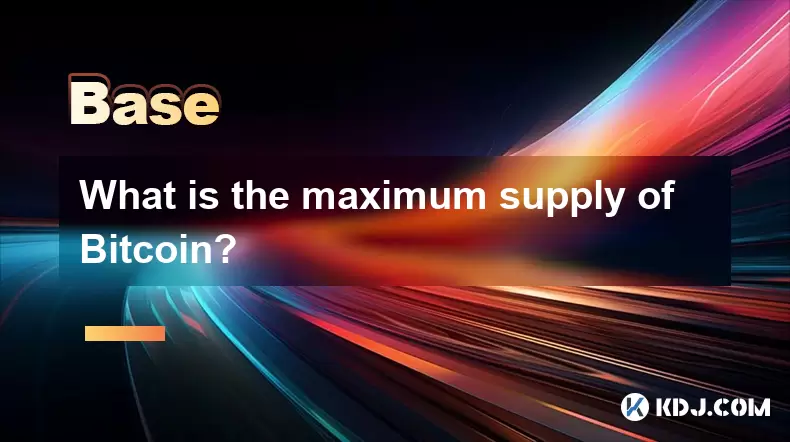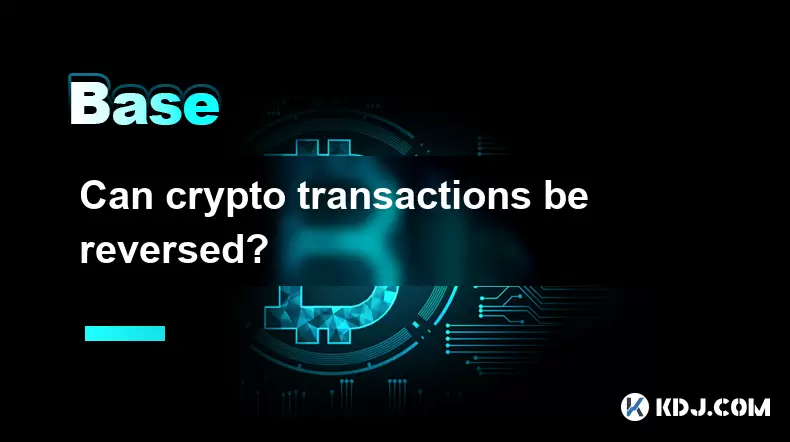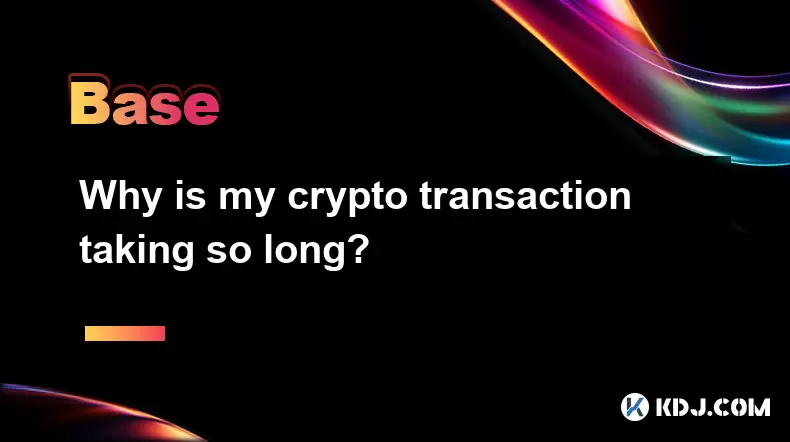-
 Bitcoin
Bitcoin $119300
2.40% -
 Ethereum
Ethereum $4254
-0.20% -
 XRP
XRP $3.184
-1.38% -
 Tether USDt
Tether USDt $1.000
0.00% -
 BNB
BNB $803.9
0.58% -
 Solana
Solana $183.1
1.50% -
 USDC
USDC $0.0000
0.01% -
 Dogecoin
Dogecoin $0.2339
-2.87% -
 TRON
TRON $0.3384
0.88% -
 Cardano
Cardano $0.8018
-0.29% -
 Hyperliquid
Hyperliquid $45.13
3.14% -
 Chainlink
Chainlink $22.10
0.96% -
 Stellar
Stellar $0.4439
-0.94% -
 Sui
Sui $3.875
-0.73% -
 Bitcoin Cash
Bitcoin Cash $570.7
0.24% -
 Hedera
Hedera $0.2589
-2.90% -
 Ethena USDe
Ethena USDe $1.001
-0.01% -
 Avalanche
Avalanche $23.83
-1.73% -
 Litecoin
Litecoin $123.8
2.61% -
 Toncoin
Toncoin $3.351
-1.13% -
 UNUS SED LEO
UNUS SED LEO $9.103
1.13% -
 Shiba Inu
Shiba Inu $0.00001356
-1.40% -
 Uniswap
Uniswap $10.93
-0.19% -
 Polkadot
Polkadot $4.057
-1.97% -
 Dai
Dai $1.000
0.01% -
 Cronos
Cronos $0.1646
4.66% -
 Ethena
Ethena $0.7974
8.11% -
 Pepe
Pepe $0.00001208
-2.89% -
 Bitget Token
Bitget Token $4.445
-1.70% -
 Monero
Monero $268.8
-2.00%
What is the maximum supply of Bitcoin?
Bitcoin’s maximum supply is capped at 21 million, hardcoded into the protocol to ensure scarcity, with new coins released via mining and halving events until around 2140.
Aug 10, 2025 at 07:01 pm

Understanding Bitcoin’s Maximum Supply
The maximum supply of Bitcoin is 21 million. This hard cap is hardcoded into Bitcoin’s protocol and is one of the defining features that differentiates it from traditional fiat currencies. Unlike central bank-issued money, which can be printed indefinitely, Bitcoin’s supply is algorithmically constrained. This scarcity is a core principle of its value proposition, mimicking the properties of precious metals like gold. The 21 million limit ensures that no more than this amount will ever exist, creating a deflationary economic model.
Every Bitcoin transaction and issuance is validated by the decentralized network of nodes running the Bitcoin software. The source code, originally written by Satoshi Nakamoto, explicitly enforces this cap. No individual, group, or entity—including miners or developers—can alter this rule without achieving near-universal consensus across the network, which is practically infeasible. The immutability of this supply limit is protected by cryptographic consensus mechanisms and the economic incentives of network participants.
How Bitcoin’s Supply is Released Over Time
Bitcoin is not released all at once. Instead, new coins are introduced through a process called mining, which rewards participants for securing the network via proof-of-work. The issuance of new bitcoins occurs approximately every 10 minutes in the form of a block reward. This reward is given to the miner who successfully adds a new block to the blockchain.
The block reward undergoes a pre-programmed reduction event known as halving, which occurs roughly every four years—or every 210,000 blocks. Initially set at 50 BTC per block in 2009, the reward has already been halved multiple times:
- First halving (2012): Reduced to 25 BTC per block
- Second halving (2016): Reduced to 12.5 BTC per block
- Third halving (2020): Reduced to 6.25 BTC per block
- Fourth halving (2024): Reduced to 3.125 BTC per block
This geometric reduction ensures that the rate of new Bitcoin creation slows over time, approaching the 21 million cap asymptotically. The final bitcoins are expected to be mined around the year 2140, after which no new BTC will be created.
Breakdown of Bitcoin’s Total Supply Mechanics
The total supply of Bitcoin consists of two components: circulating supply and remaining supply to be mined. As of now, over 19.5 million BTC have already been mined, leaving fewer than 1.5 million yet to be released through future block rewards.
Each halving event reduces the inflation rate of Bitcoin. For example:
- In 2009, the annual inflation rate was over 100% due to the initial issuance
- By 2024, after the fourth halving, the inflation rate drops below 1% per year
This diminishing issuance reinforces Bitcoin’s scarcity. The predictable and transparent emission schedule is visible on blockchain explorers and is verifiable by anyone. The code governing this schedule resides in the Bitcoin Core repository, specifically in the chainparams.cpp file, where the MAX_MONEY constant is defined as 21 million.
What Happens When the Maximum Supply is Reached?
Once the 21 millionth Bitcoin is mined, expected around 2140, the block reward will effectively reach zero. At that point, miners will no longer receive newly minted BTC as compensation for validating transactions. Instead, their income will come entirely from transaction fees paid by users.
This transition is already being prepared for by the network’s design:
- Transaction fees are determined by market demand and block space availability
- Users can set higher fees to prioritize their transactions during network congestion
- Miners will have economic incentive to continue securing the network as long as fee revenue is sufficient
The Bitcoin protocol allows for dynamic fee markets, and Layer 2 solutions like the Lightning Network help reduce on-chain transaction load, potentially moderating fee pressure. The sustainability of mining post-2140 depends on the value of BTC and the volume of transactions, both of which influence fee income.
Why is the Maximum Supply Fixed at 21 Million?
The choice of 21 million as the maximum supply appears arbitrary but is rooted in the mathematical structure of Bitcoin’s emission schedule. The number emerges from the combination of the initial block reward (50 BTC), the halving interval (210,000 blocks), and the number of halvings possible before the reward becomes negligible.
The total supply can be calculated using a geometric series:
- Sum = 50 × 210,000 × (1 + 1/2 + 1/4 + 1/8 + …)
- This converges to approximately 21 million BTC
Satoshi Nakamoto never explicitly explained the reasoning behind this number, but it likely balances scarcity with divisibility. Bitcoin can be divided into satoshis (1 satoshi = 0.00000001 BTC), allowing for microtransactions even with a limited supply. This divisibility ensures usability regardless of price appreciation.
Common Misconceptions About Bitcoin’s Supply
Some believe that lost bitcoins could be reissued or that the supply cap can be changed through a software update. These ideas are incorrect. The 21 million cap is enforced by consensus. Any attempt to increase the supply would require a hard fork, resulting in a new cryptocurrency—similar to what happened with Bitcoin Cash in 2017.
Additionally, while approximately 19.5 million BTC are in circulation, not all are actively traded. An estimated 1 to 4 million BTC may be permanently lost due to forgotten private keys or inaccessible wallets. These lost coins remain on the blockchain but are effectively removed from circulation, further tightening effective supply.
Frequently Asked Questions
Can the maximum supply of Bitcoin ever be increased?
No. Increasing the supply would require changing the consensus rules, which would not be accepted by the majority of nodes and miners. Such a change would create a new, separate blockchain, not alter Bitcoin itself.
How many Bitcoins are left to be mined?
As of 2024, fewer than 1.5 million BTC remain to be mined. The exact number decreases with each block, approximately every 10 minutes.
Are all 21 million Bitcoins already in circulation?
No. While over 19.5 million BTC have been mined, the remaining coins will be released gradually through block rewards until around 2140.
What prevents someone from creating more than 21 million Bitcoins?
The Bitcoin network validates every transaction and block against the protocol rules. Any block attempting to create more than the allowed reward would be rejected by all compliant nodes, making inflation attacks impossible.
Disclaimer:info@kdj.com
The information provided is not trading advice. kdj.com does not assume any responsibility for any investments made based on the information provided in this article. Cryptocurrencies are highly volatile and it is highly recommended that you invest with caution after thorough research!
If you believe that the content used on this website infringes your copyright, please contact us immediately (info@kdj.com) and we will delete it promptly.
- Litecoin, Pi Network, Cold Wallet: Unpacking 2025's Crypto Frontrunners
- 2025-08-11 10:30:12
- ENA & USDe: TVL Growth and the DeFi Revolution
- 2025-08-11 10:50:11
- Mutuum Finance Presale: Riding the DeFi Wave with Promising Token Price
- 2025-08-11 10:55:12
- Trump Family's $1.5 Billion Crypto Venture: A New York Minute on Tokenized Treasuries
- 2025-08-11 10:30:12
- Bitcoin Mining: Efficiency, Digital Assets, and the New Gold Rush in 2025
- 2025-08-11 11:00:12
- Cold wallet, Shiba Inu, as far as: it was a good landscape in
- 2025-08-11 11:05:12
Related knowledge

Can crypto transactions be reversed?
Aug 10,2025 at 01:35am
Understanding the Immutability of Blockchain TransactionsCryptocurrency transactions are built on blockchain technology, which is designed to be immut...

What happens if I forget my crypto wallet password?
Aug 09,2025 at 08:50am
Understanding the Role of a Crypto Wallet PasswordA crypto wallet password serves as a critical security layer that protects access to your digital as...

What is hot storage in crypto?
Aug 11,2025 at 07:08am
Understanding Hot Storage in CryptocurrencyHot storage refers to cryptocurrency wallets that are connected to the internet. Unlike cold storage soluti...

What is the best crypto portfolio tracker?
Aug 10,2025 at 05:08am
Understanding the Role of a Crypto Portfolio TrackerA crypto portfolio tracker is a digital tool designed to help investors monitor the performance of...

Why is my crypto transaction taking so long?
Aug 11,2025 at 11:35am
Understanding Blockchain Network CongestionWhen a crypto transaction is delayed, one of the most common causes is network congestion on the blockchain...

Can you reuse a crypto wallet address?
Aug 08,2025 at 03:49pm
Understanding Wallet Addresses in CryptocurrencyA crypto wallet address is a unique identifier used to send and receive digital assets on a blockchain...

Can crypto transactions be reversed?
Aug 10,2025 at 01:35am
Understanding the Immutability of Blockchain TransactionsCryptocurrency transactions are built on blockchain technology, which is designed to be immut...

What happens if I forget my crypto wallet password?
Aug 09,2025 at 08:50am
Understanding the Role of a Crypto Wallet PasswordA crypto wallet password serves as a critical security layer that protects access to your digital as...

What is hot storage in crypto?
Aug 11,2025 at 07:08am
Understanding Hot Storage in CryptocurrencyHot storage refers to cryptocurrency wallets that are connected to the internet. Unlike cold storage soluti...

What is the best crypto portfolio tracker?
Aug 10,2025 at 05:08am
Understanding the Role of a Crypto Portfolio TrackerA crypto portfolio tracker is a digital tool designed to help investors monitor the performance of...

Why is my crypto transaction taking so long?
Aug 11,2025 at 11:35am
Understanding Blockchain Network CongestionWhen a crypto transaction is delayed, one of the most common causes is network congestion on the blockchain...

Can you reuse a crypto wallet address?
Aug 08,2025 at 03:49pm
Understanding Wallet Addresses in CryptocurrencyA crypto wallet address is a unique identifier used to send and receive digital assets on a blockchain...
See all articles

























































































